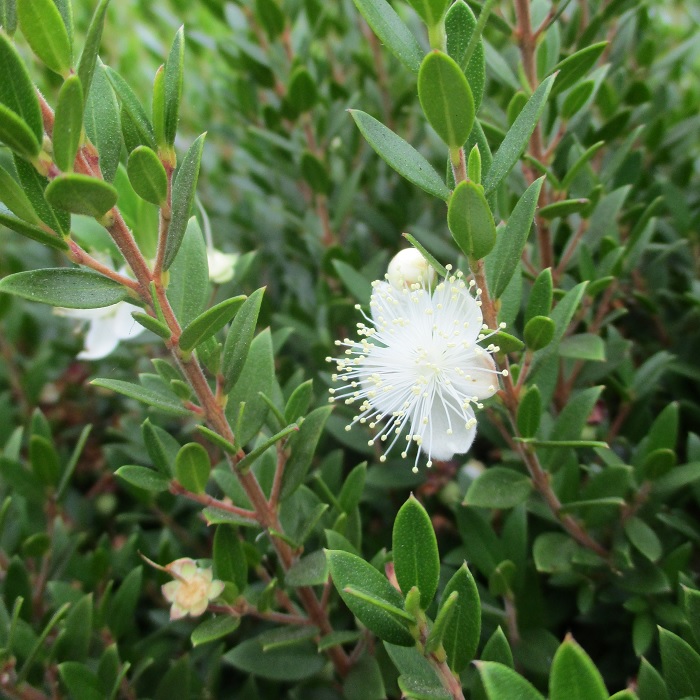UNITED STATES—It is still too early to say if, or for how long, warm Indian Summer weather will linger into what should be autumn. This last spell of unseasonable heat was merely a heat wave. Of course, at the time, there was nothing ‘mere’ about it. It was downright hot! It was weirdly humid too. As uncomfortable as it was for us, the humidity made the unseasonable heat more tolerable for some plants.
Heat has a nasty habit of drying things out. Humidity does the opposite, although not quite as efficiently. Many plants might have been seriously desiccated if the weather had gotten so warm without the humidity. A cooling breeze might have made things more comfortable for us, but likewise would have been more uncomfortable for plants by enhancing the desiccating effect of heat.
So, again, we disagree with our plants. One thing we all agree on is that this last heat wave was unseasonable, and came at a time when summer should be on the downhill side toward autumn. Some evergreen plants are producing foliage designed for cooler weather. Worst of all, many of the gardening procedures that get done this time of year are in anticipation of cooling weather.
Not too long ago, pruning and shearing of hedges and other evergreens was an important topic. The objective was to get it done one last time before autumn. If done too late, new growth develops slowly through the cool winter weather, and is more susceptible to discoloration and frost damage. Now, the problem is that some of the fresh new foliage was scorched by the heat!
Also, fertilizer should have been applied one last time before autumn. Later application stimulates new growth so late in the season that it is sensitive to frost through winter. Just like pruning, the fertilizer stimulated new growth that might have been damaged by the heat. So, proper pruning and application of fertilizer to limit frost damage may have left plants more susceptible to scorch.
Just like with frost damage, scorched foliage should not necessarily be pruned away immediately. If not too unsightly, it might be best to leave it alone. Some evergreen plants will not replace it until next year anyway. Deciduous plants will shed it when convenient. Large leaves like those of philodendron and banana, may deteriorate so badly that pruning them away is the best option.
Highlight: myrtle
After many centuries of cultivation, myrtle, Myrtus communis, has not changed much. It was one of the more traditional plants for formally shorn hedges in Victorian gardens. It functions somewhat like a drought tolerant boxwood. Unshorn plants can grow as gnarly small trees not much higher than the eaves. ‘Compacta’ gets only about three or four feet high and wide, even without pruning.
The finely textured evergreen foliage is very aromatic and darker green than boxwood foliage. Individual leaves are not much more than an inch long. Not many of the tiny white flowers that bloom in summer develop if plants are shorn regularly. Unshorn plants that are allowed to bloom can produce small bluish black berries which might be messy on pavement. Foliar density is best in full sun. Shade can cause bald spots. Established plants may not need watering, and might live longer than anything else in the landscape.
Horticulturist Tony Tomeo can be contacted at tonytomeo.wordpress.com.







